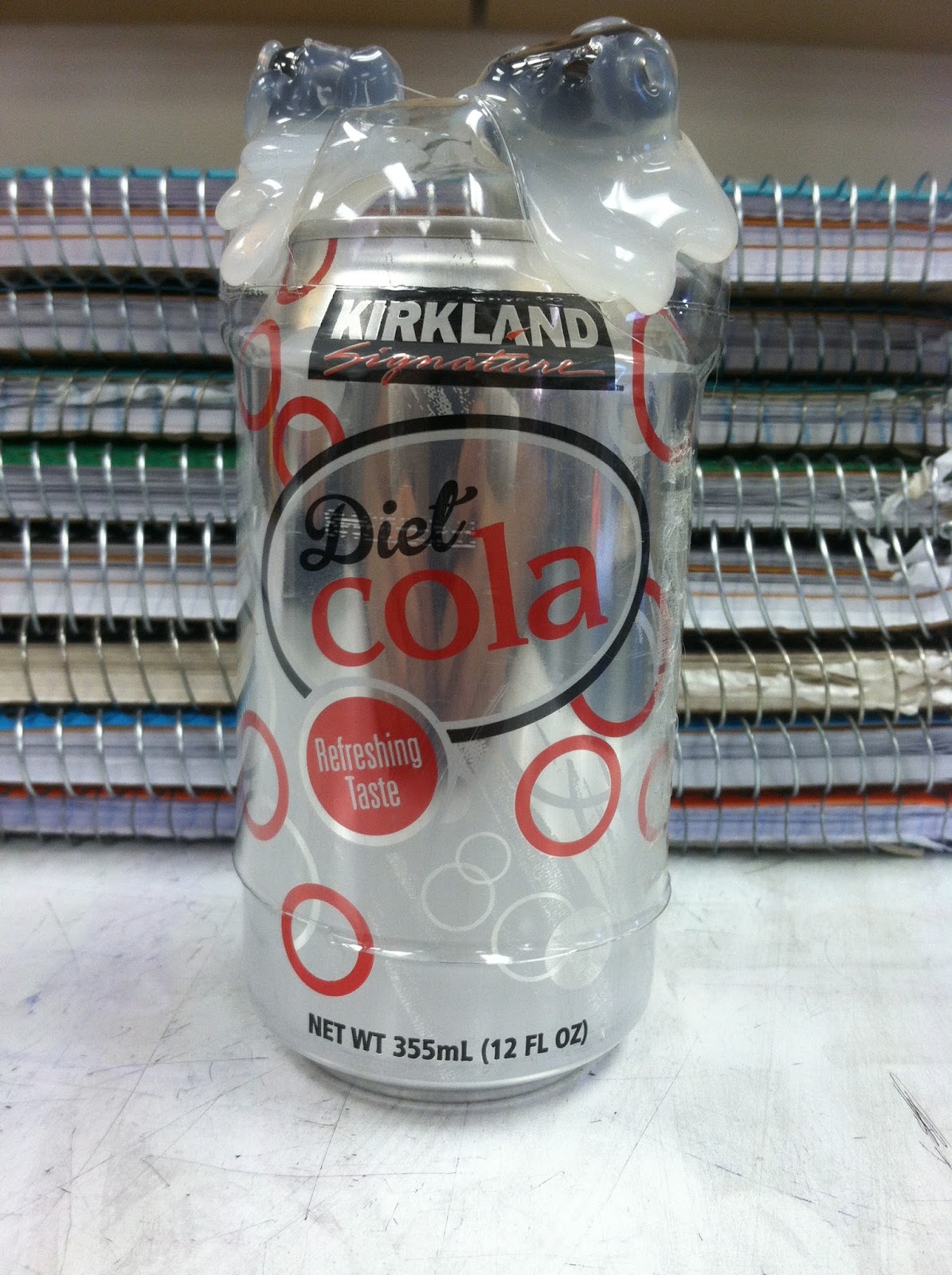Blog Post #2
In this experiment, we are building a submarine that follows the pattern, Float-Sink-Float.
 Submarines are underwater vessels; “sub” referring to under or below, and “marine” relates to the ocean, so below the ocean is basically a submarine. One interesting fact about submarines is that they are usually large vessels that can usually stay submerged for a month if the submarine is large. Another interesting fact about submarines is that they are used to study about life in the sea, military purposes, and exploration. In addition, some submarines can be controlled remotely if it they are very small then an average submarine, such as Bluefin-21, the submarine in search of Flight 370. Finally, modern submarines have towers at the top of them called the sail or conning tower, where its used to hold mechanisms, like Periscopes, in a straight tube.
Submarines are underwater vessels; “sub” referring to under or below, and “marine” relates to the ocean, so below the ocean is basically a submarine. One interesting fact about submarines is that they are usually large vessels that can usually stay submerged for a month if the submarine is large. Another interesting fact about submarines is that they are used to study about life in the sea, military purposes, and exploration. In addition, some submarines can be controlled remotely if it they are very small then an average submarine, such as Bluefin-21, the submarine in search of Flight 370. Finally, modern submarines have towers at the top of them called the sail or conning tower, where its used to hold mechanisms, like Periscopes, in a straight tube.
 Submarines float when its density is equal or less than the surrounding water, where it has buoyant force pushing up the submarine. A submarine can control its buoyancy using ballast tanks, where if its on the surface, the tanks are filled with pressurized air, allowing the submarine to float. To get a submarine to sink, they’d have to dive into the water, where the water floods the ballast tanks, increasing its density, allowing it to sink further into the ocean, called negative buoyancy. Basically, whether a submarine sinks or floats is based on its density.
Submarines float when its density is equal or less than the surrounding water, where it has buoyant force pushing up the submarine. A submarine can control its buoyancy using ballast tanks, where if its on the surface, the tanks are filled with pressurized air, allowing the submarine to float. To get a submarine to sink, they’d have to dive into the water, where the water floods the ballast tanks, increasing its density, allowing it to sink further into the ocean, called negative buoyancy. Basically, whether a submarine sinks or floats is based on its density.
Our submarine is an unopened diet soda can in the bottom half of a 20oz bottle. It starts floating. The weights glued to the bottom will tip the sub, letting in water, increasing the density. The sub will sink because the force of gravity is stronger than that of buoyancy, but once the submarine hits the bottom, it will begin to leave the ballast behind, floating back up after a minute or two due to now having a lower density.
When we tested our submarine, it floated and sank but did not float again.This happened because the friction caused by the plastic bottle was stronger than the buoyant force lifting the diet soda upwards. The end result was the can inside the bottle, slowly moving around at the bottom of the ‘ocean’ One way we could counteract this is by cutting the bottle closer to the bottom.
No comments:
Post a Comment